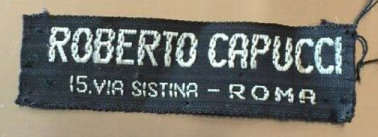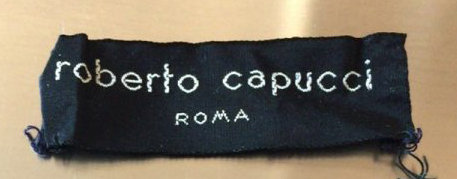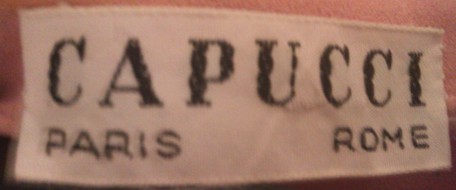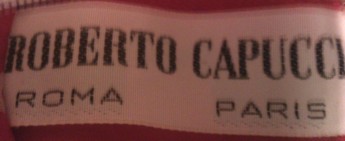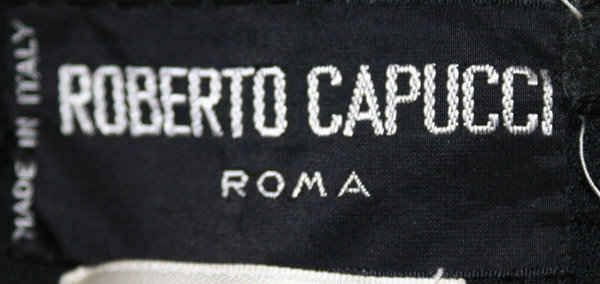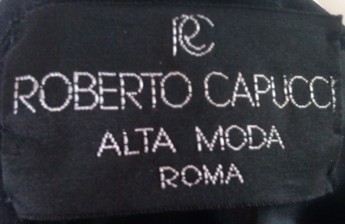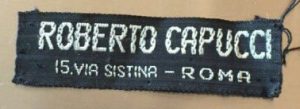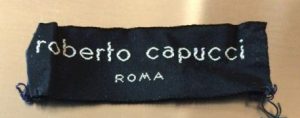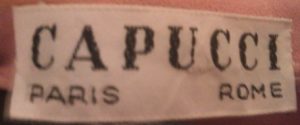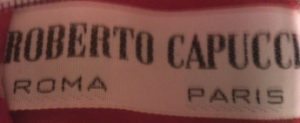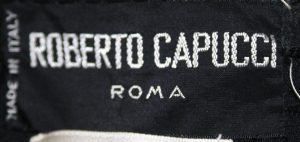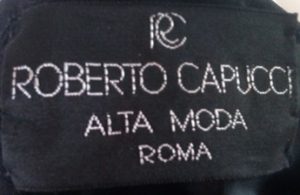Roberto Capucci was born in Rome in 1930. He attended the Liceo Artistico and the Accademia di Belle Arti. In 1951 he presented his creations at the residence of Giovanbattista Giorgini in Florence, inventor of Italian Fashion. At the age of just twenty-six he was judged the best Italian fashion designer, particularly praised by Christian Dior.
In 1958 he created the ‘Box Line’. It was a real revolution in the world of fashion on the side of technicalities, a new style. After four years, in 1962, he opened an atelier in Paris, where he was given an enthusiastic welcome, receiving the praise of the press and the honour of being the first Italian artist asked to give his name to a perfume.
In 1968 he finally returned to Italy, setting up his atelier in Via Gregoriana in Rome; he presented his collections in the fashion calendar of the Camera Nazionale dell’Alta Moda. Two years later he designed the costumes for Silvana Mangano and Terence Stamp for Theorem by Pier Paolo Pasolini. In 1972 for the first time his work was presented in a museum: in Rome at the Museum of Etruscan Art. The collection revolutionized the tradition of fashion exhibits, representing a turning point. Creations inspired by Pre-Raphaelites painters, made with light wool with long hand-made stitches in gold and silver silk were shown on models without make-up, and in their natural hair. In 1980 Capucci stopped having official fashion shows and decided to show his collection in places to be decided each time he wanted to present.
With the exhibition “Roberto Capucci l’Arte nella Moda – Volume, Colore e Metodo” in Palazzo Strozzi in Florence (1990) he began his exhibition season, which brought him great praise both from the critics and the audience in the most important museums of the world : Kunsthistorihsches Museum (Wien), Nordiska Museet (Stockholm), Puskin Museum (Moscow), and the Philadelphia Museum of Art.
In 2005, together with the Associazione Civita, which has the mission to promote the Italian patrimony of culture and art, he founded the Roberto Capucci Foundation. The purpose was to preserve his archive, which consists in about 400 historical dresses, 300 signed illustrations, 22,000 original sketches, a complete press review from the beginning of his career together with a vast selection of photographs and films.
Dating note: “Paris” was included on the labels for many years after the closing of the atelier in France
Written by Ilaria De Santis
